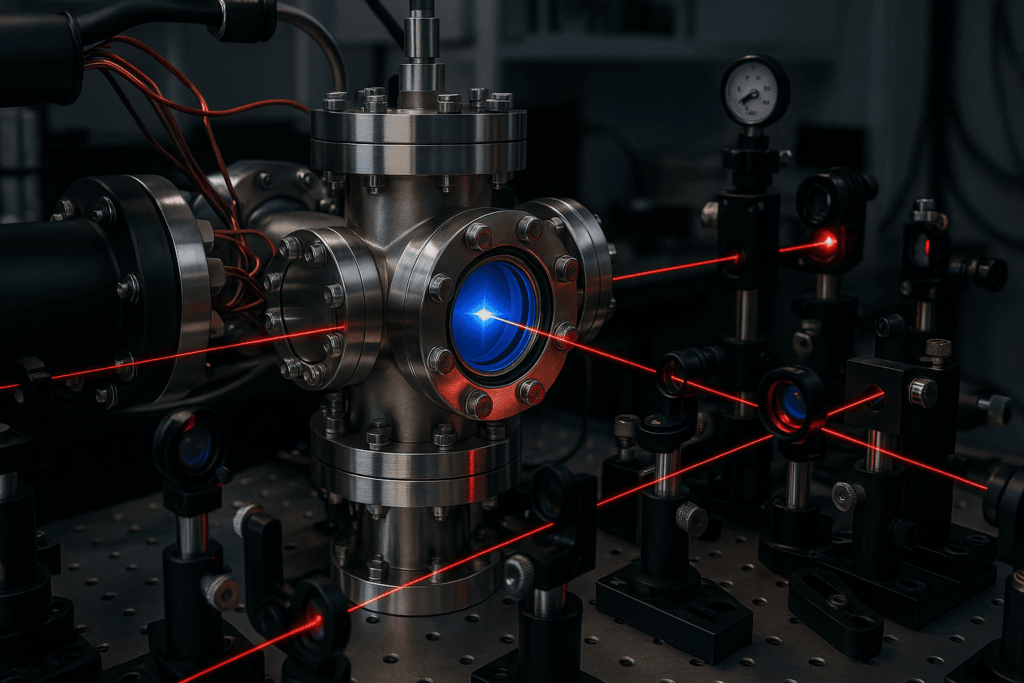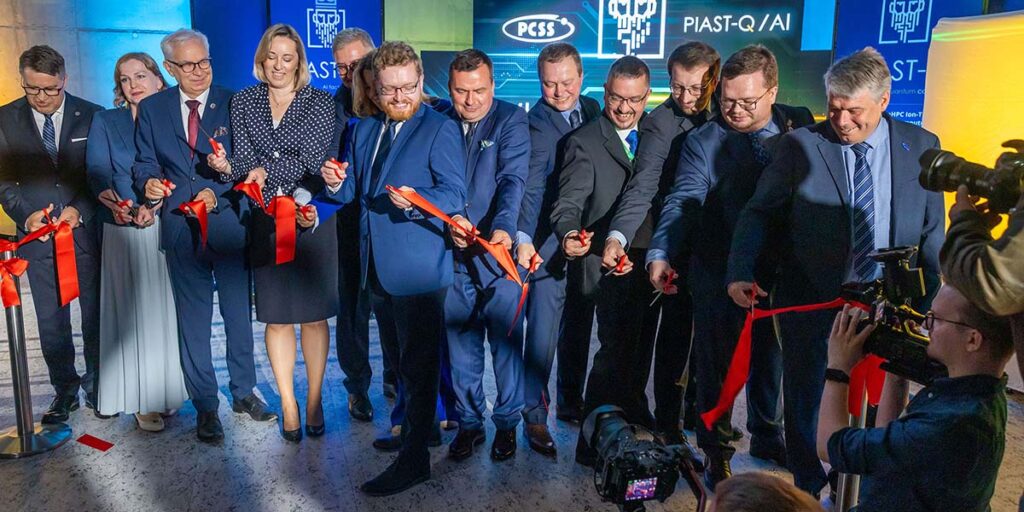
Mount Everest
A joint research team from the City University of Hong Kong (CityU), the Massachusetts Institute of Technology (MIT) and the Harbin Institute of Technology (HIT) and funded by the Hong Kong Research Grants Council and the National Natural Science Foundation of China, has demonstrated for the first time ever uniform tensile elastic straining of microfabricated diamond arrays through the nanomechanical approach. Led by scientists at CityU, the research paper, Achieving large uniform tensile elasticity in microfabricated diamond, signals the latent possibility that strained diamonds are potential candidates for use for quantum information technologies, micro/nanoelectromechanical systems (MEMS/NEMS), strain-engineered transistors, as well as microelectronics.
Diamonds are the toughest material known to exist, yet apart from making great jewellery and costing the earth they also possess strength, a high level of thermal conductivity and great electric charge carrier mobility.
“That’s why diamond can be considered as ‘Mount Everest’ of electronic materials, possessing all these excellent properties,” said Yang Lu on diamond potential. Lu is an associate professor in the Department of Mechanical Engineering (MNE) at CityU and co-led the research.
Lu et al managed to achieve this by first microfabricating single-crystalline diamond bridge-like shape samples, measuring approximately one micrometre long by 300 nanometres wide, from a solid diamond single crystals. With either end made wider for gripping, the team then uniaxially stretched the diamond bridges carefully with an electron microscope. By implementing continuous and controllable loading-unloading of quantitative tensile tests, the diamond bridges showed — instead of localized deforming — a uniformed elastic deformation across of roughly 7.5% strain that stretched across the whole gauge and amazingly returned to their former shape after unloading.

But they went further: by adopting the sample geometry using the American Society for Testing and Materials (ASTM) standard, the team reached a maximum uniform tensile strain result of up to 9.7% and performed density functional theory (DFT) calculations to estimate the impact of elastic straining from 0 to 12%. The results of this showed the bandgap of diamond decreased as the tensile strain increased, the largest bandgap reduction rate down from about 5 eV to 3 eV at around 9% strain along a specific crystalline orientation.

New Era
“This is the first time showing the extremely large, uniform elasticity of diamond by tensile experiments. Our findings demonstrate the possibility of developing electronic devices through ‘deep elastic strain engineering’ of microfabricated diamond structures,” Lu went on.
One downside to diamonds being used in this way, however, is the large bandgap and tight crystal structure of diamonds that make them very difficult to ‘dope’, which is one method to regulate the semi-conductors’ electronic properties during the manufacturing stage — this procedure can play havoc with the diamond’s industrial application potential for electronic and optoelectronic use.
Not to be knocked back by the potential obstacles, Lu added: “I believe a new era for diamond is ahead of us.”
And it surely is. With CityU, MIT and HIT’s collaboration in stretching diamond for next-generation microelectronics, we could very well see a new dawn of quantum information science (QIS) just around the corner.
For more market insights, check out our latest quantum computing news here.















